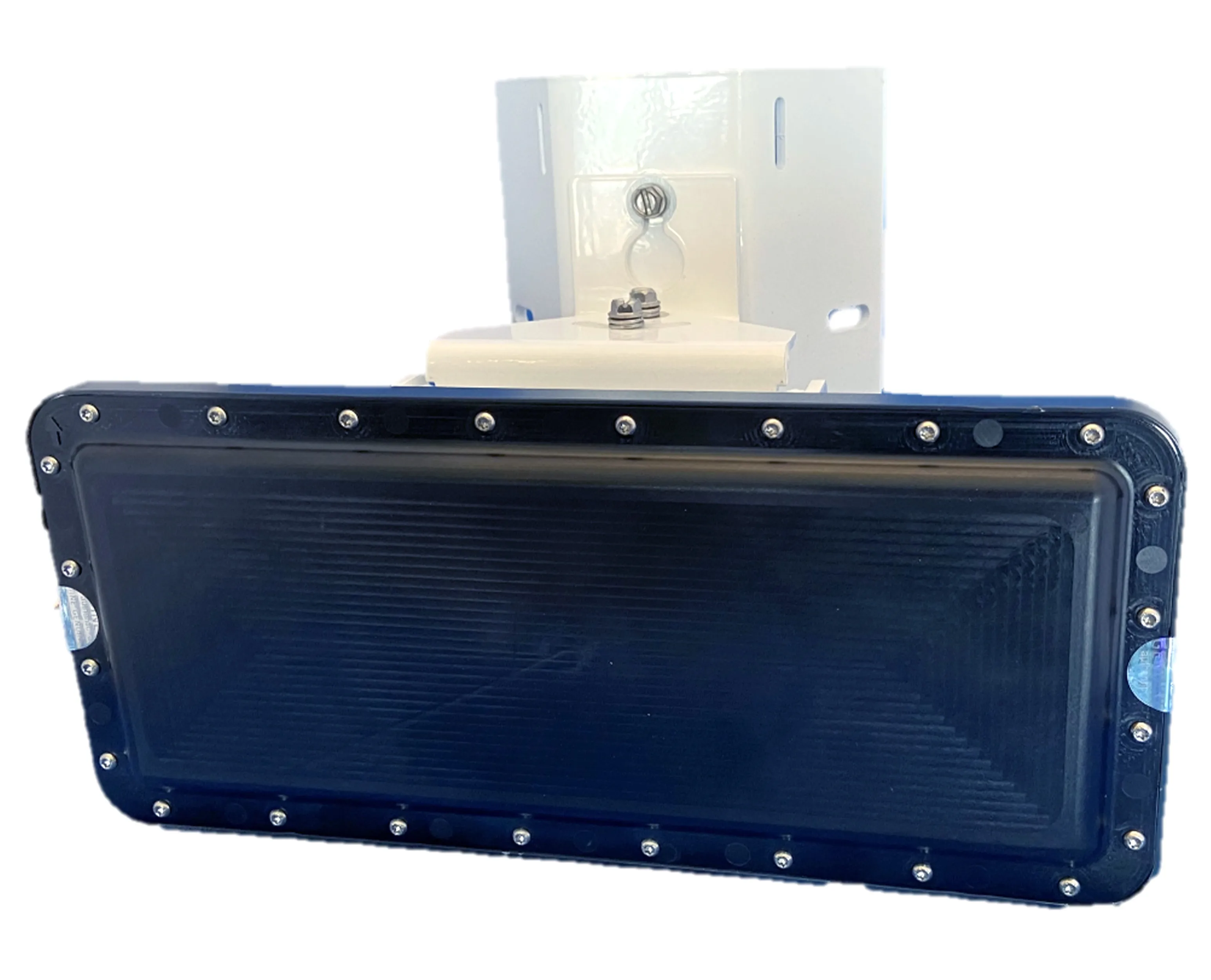
By overlaying the radar output onto the camera image, traffic controllers (both human and electronic) can derive more complete information. “You cannot detect the speed of a vehicle 250m away through optical means alone because there are not enough pixels to determine the speed, but this is not a problem for radar,” said Flir’s Robin Collaert.
‘Virtual loops’ can be created in each lane both to identify vehicles driving or waiting in the dilemma zones. Separate truck and car dilemma zones can be created for each lane and, combined with the vehicle speed, the system can determine if the green signal for crossing traffic, cyclists or pedestrians needs to be delayed to prevent a red-light running incident. Once vehicles have stopped, they no longer register on the Doppler radar so the visual detection takes precedence.
Speeding vehicles can also be detected at a distance far enough away to allow the lights to be turned to red to bring them safely to a halt.
According to the company the system not only improves safety and efficiency of the intersection, it can also replace up to five loops in each lane. The combined camera/radar unit can be positioned on existing infrastructure either side of the intersection without significant loss of performance.










